KATE BICKEL
Fiber & Textiles
Kate Bickel is a textile designer currently practicing out of Detroit, Michigan. Working within the mediums of weaving and patchwork quilting, Kate is largely inspired by the natural world. Her work is a form of collection and recollection, taking objects from the environments around her and incorporating them or allowing them to inspire her woven work. Within her practice she explores how human connection and histories can be infused within our experience of textiles.
Website: katebickel.com
Email: bickeltextiles@gmail.com
Instagram: @katetextile
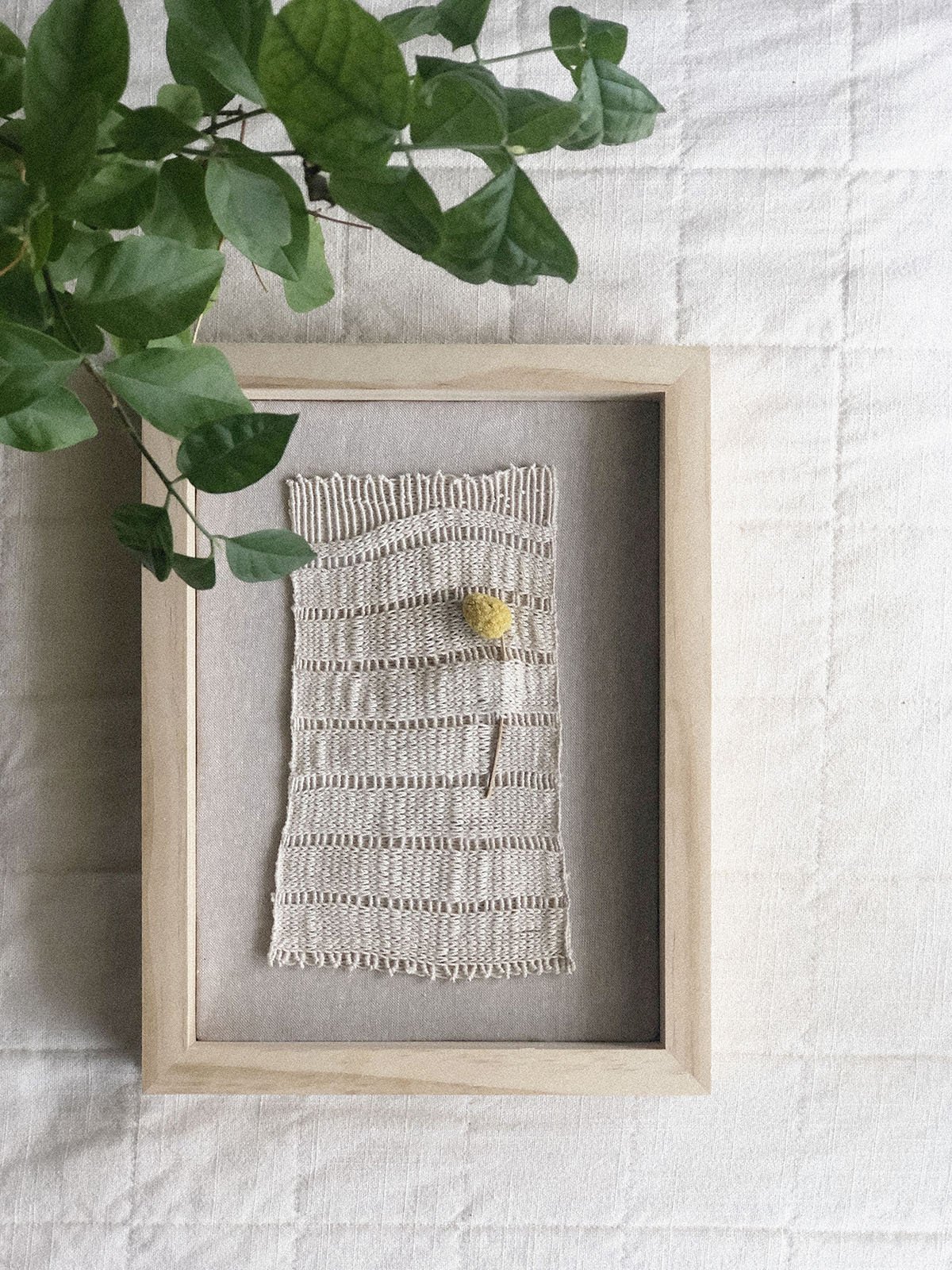
Little Shoreline, 2020, cotton yarn on linen fabric, 9 x 12 x 1.5 in.
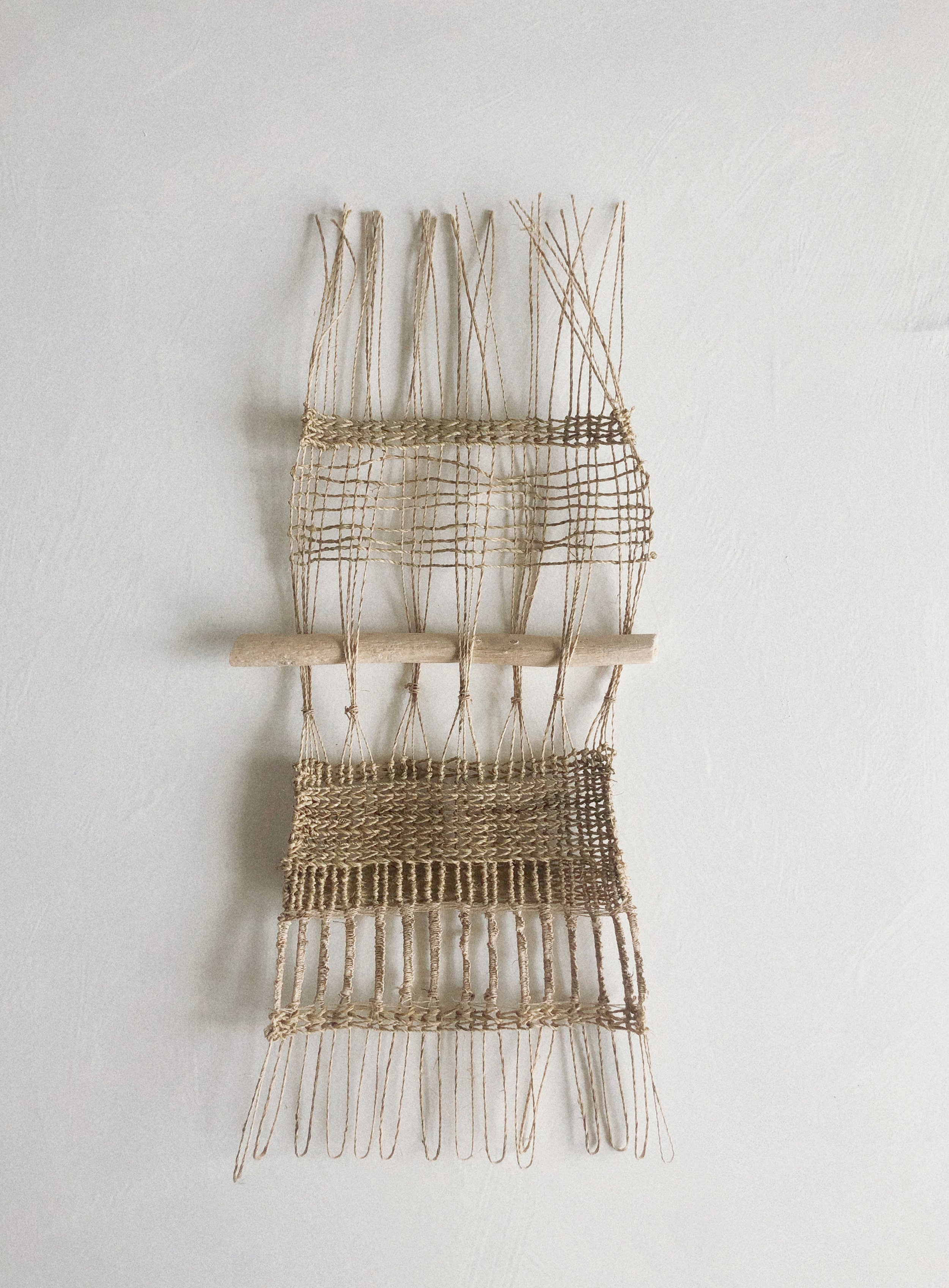
Open Spaces, 2020, ramie bark yarn, 8 x 12 in.

Ramie Weaving, 2021, ramie bark yarn, 12 x 15 in.
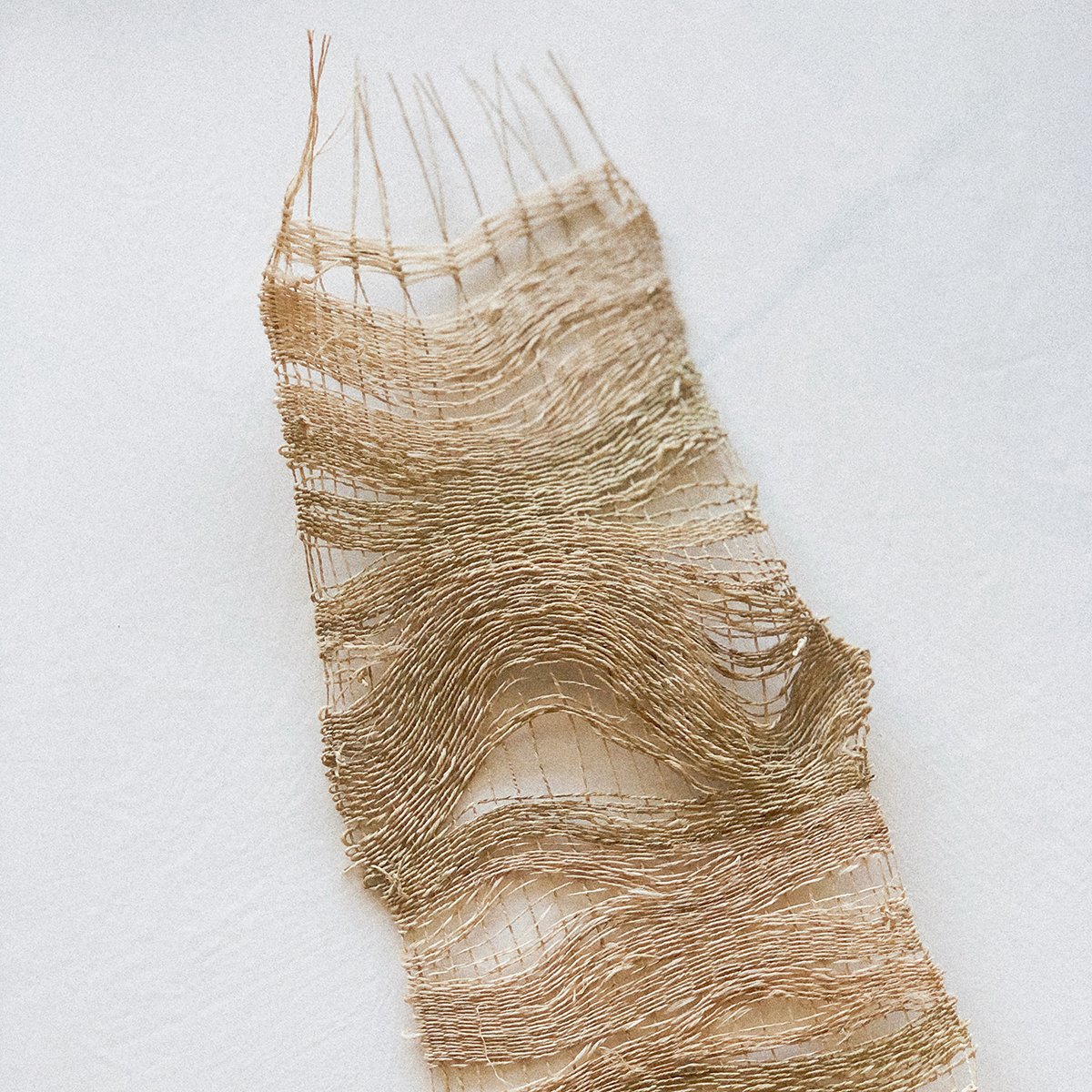
Ramie Weaving, 2021, ramie bark yarn, 12 x 15 in.
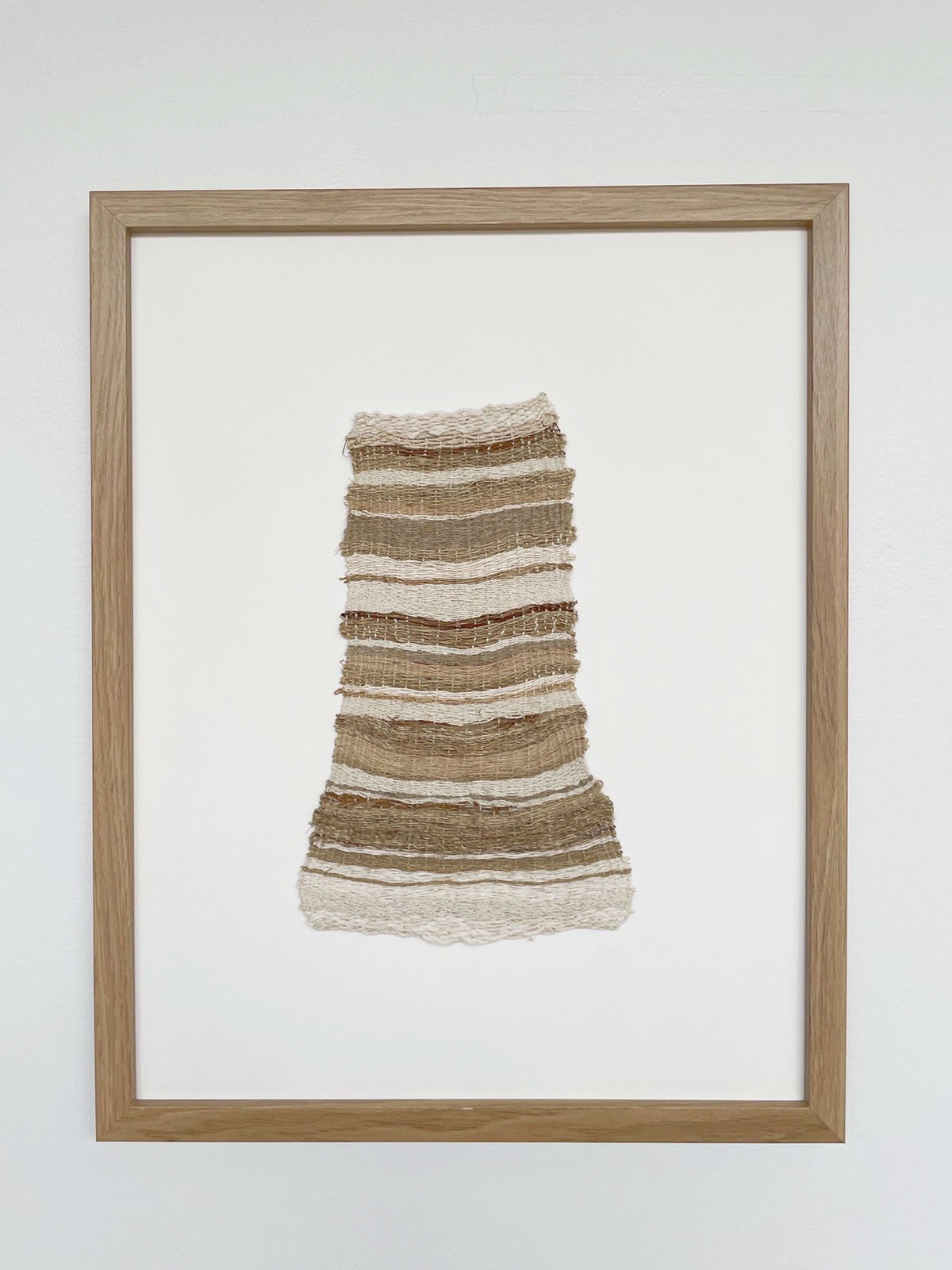
Sand + Soil, 2021, ramie bark yarn, tsumugi mulberry silk noil, cotton and hemp, 15 x 19 in.
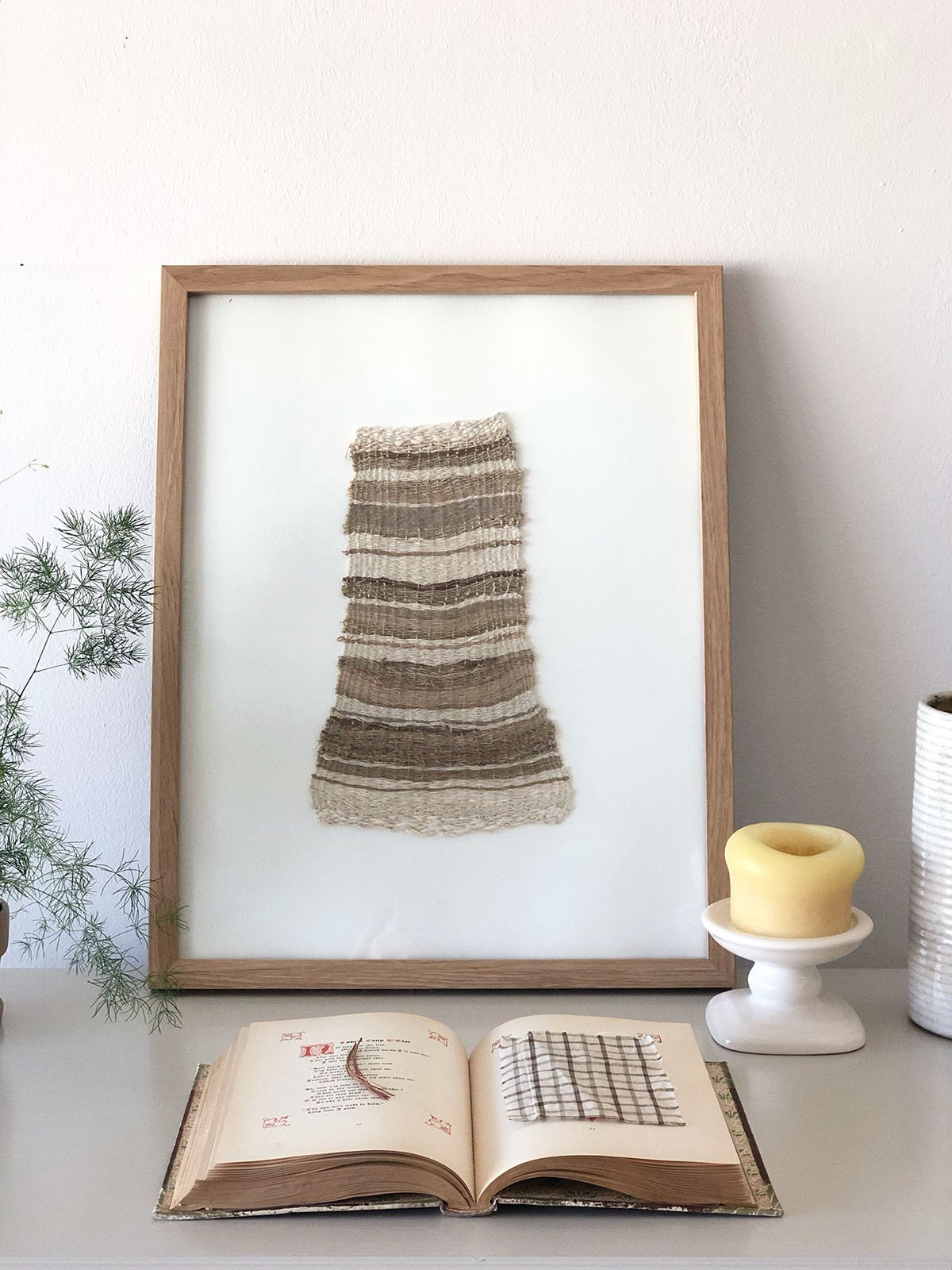
Sand + Soil, 2021, ramie bark yarn, tsumugi mulberry silk noil, cotton and hemp, 15 x 19 in.
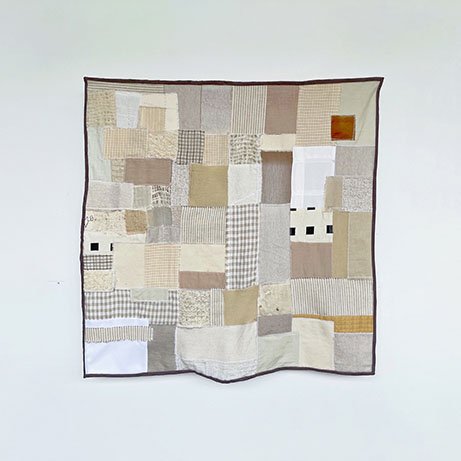
Quilt, 2021, recycled and handcrafted fabric, 3 x 3 ft.
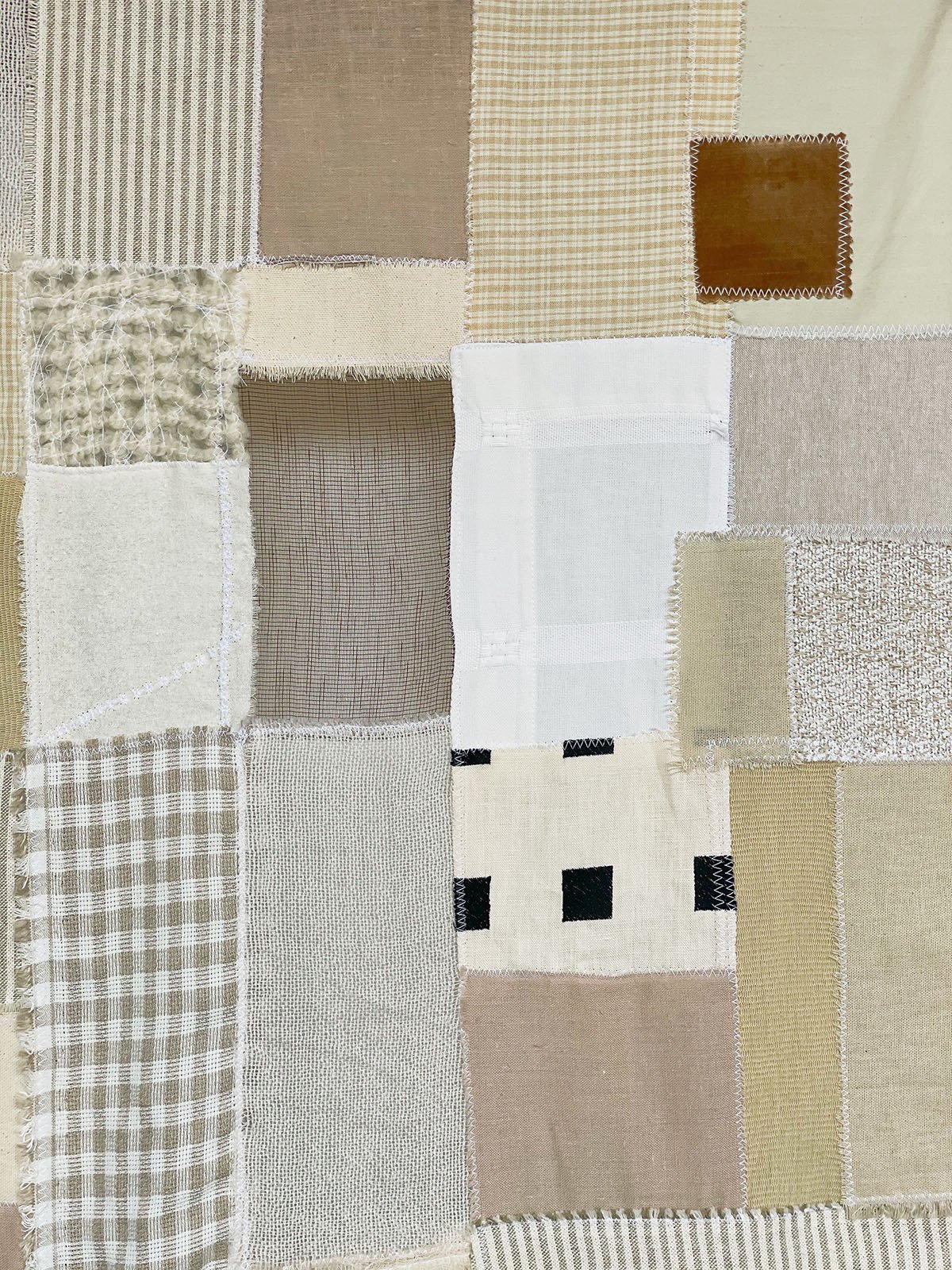
Quilt (detail), 2021, recycled and handcrafted fabric, 3 x 3 ft.
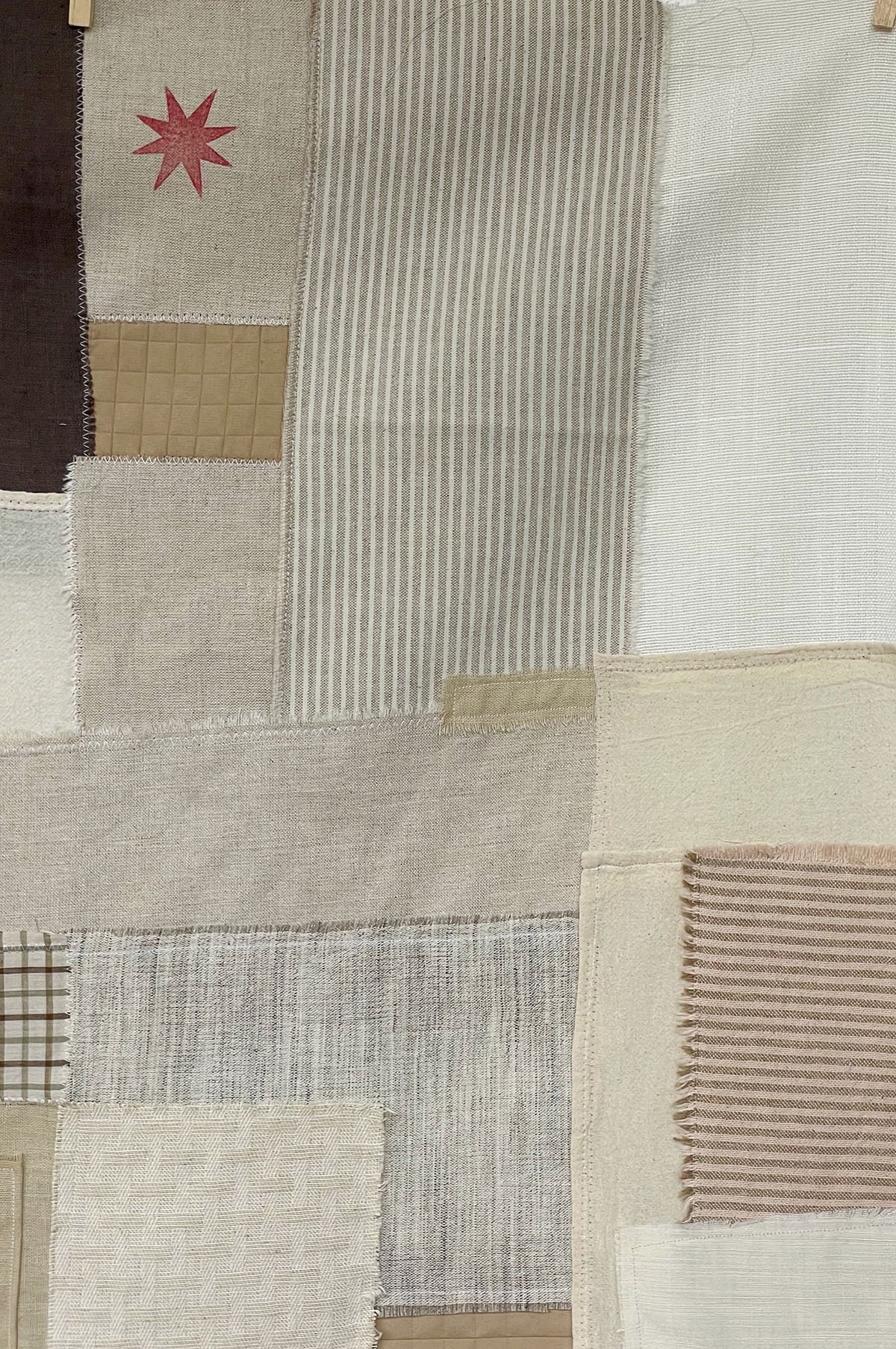
Quilt (detail), 2021, recycled and handcrafted fabric, 3 x 3 ft.
KATE BICKEL
My recent body of work explores the mediums of weaving and patchwork quilting. These objects incorporate natural and sustainable fiber, recycled fabric and handcrafted material. My work is a reflection of my experience with memory. My practice is a form of collection and recollection - of making my own place in the world around me.
Within my life, I often find myself collecting objects I encounter within my environments. They can be anything from fallen acorns, shells found from riverbeds, fossils from shorelines, etc. These objects of inspiration are a major part of my making process, whether they are directly infused within the work or indirectly inspiring my color and material choices. It is through these fragments that I find myself as a maker, translating my experience in the world. My weavings are a way of collection - becoming a place to catch and to hold. I had first explored this idea through integrating fragments of driftwood into my weavings. I am currently working on a series of weavings that incorporate river shells and pine needles within their wefts. I do this as a way of integration - a step to show these things are connected - not only is it inspired but how they can become it. The type of fiber I use within my weavings is what makes the process so important to me as well as what truly helps to communicate my intentions in the work. I have recently realized the emotional difference I feel when making something with materials selected with intention. When using handspun yarn, I often feel a strong sense of connection with my material, knowing that the fiber I use has been transferred from one pair of hands to another makes the process of making even more sentimental to me.
Within my patchwork quilting, this inspiration is shown in a different way. Through the use of recycled materials - I am able to explore a different sense of collection and recollection. A large amount of the material I adopt is remaining fragments from other people’s collections. When ironing these fabrics there is often a scent that comes with it, of the person or home it once lived in, a memory. This can also be shown through stains, marks from previous cutting or the actual wearing of the fabric through use or age. My quilts are a way of connecting these fragments, of their unknown histories and origins and creating something new from it. I believe textiles represent an idea of how certain objects can create a bridge between our personal lives and cultural histories. Textiles offer familiarity through memory, which is exactly the experience I try to replicate within my work.

